In the vast and creative world of manga, Naoki Urasawa stands out as a master of concise and naturally woven narratives. Best known for his critically acclaimed works such as Monster, 20th Century Boys, and Pluto, Urasawa has established a reputation for consistently ending his manga series within a digestible number of volumes. This ensures a precise storyline without interruptions that readers would never get confused or bored by.
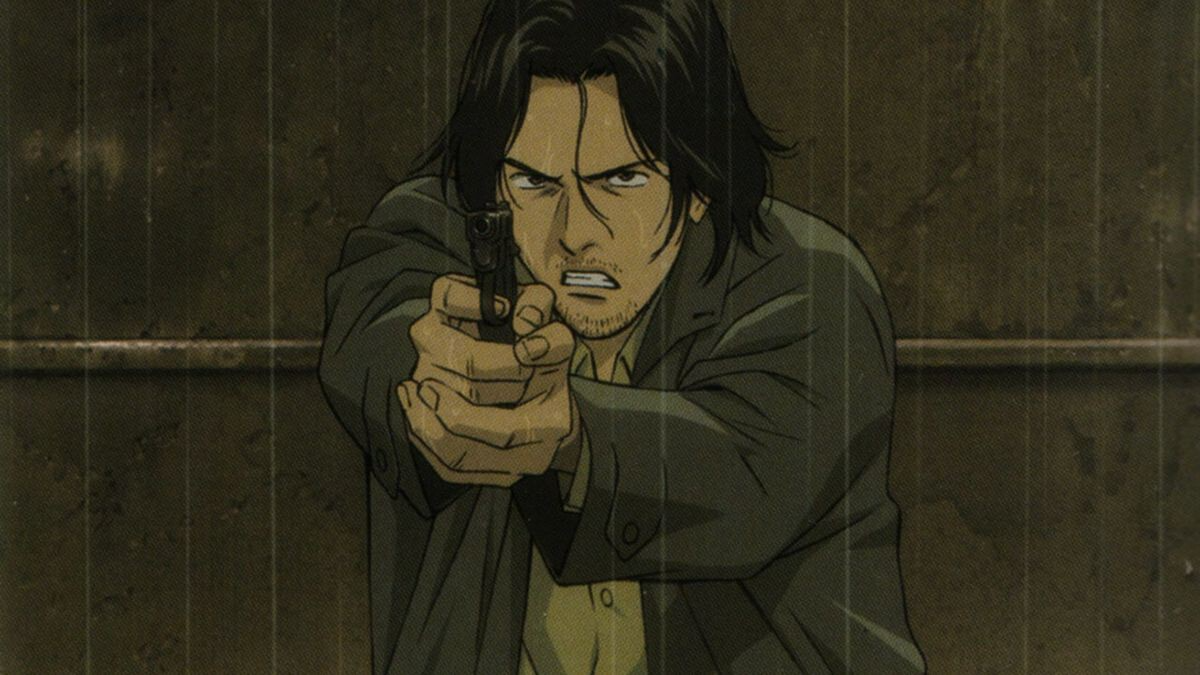 Dr Kenzo Tenma from Monster by Naoki Urasawa. [Credit: Madhouse]
Dr Kenzo Tenma from Monster by Naoki Urasawa. [Credit: Madhouse]Urasaw’s writing style contrasts several manga artists who tend to go on for longer than they should have, like Kohei Horikoshi and the 41 volumes of My Hero Academia. Even fans of the manga and anime argue that the storyline dragged on for an unnecessarily long time. While Horikoshi’s series was initially exciting and had a unique perspective of a hero world, it started to fall short of its vision. This is something Urasawa has consciously avoided by not succumbing to the pressures of extending the story for the sake of marketing.
It’s Quality Over Quantity for Naoki Urasawa
 Johan Liebert from Monster by Naoki Urasawa. [Credit: Madhouse]
Johan Liebert from Monster by Naoki Urasawa. [Credit: Madhouse]Naoki Urasawa has always emphasized his tradition of ending his manga at the right moment and how important it is for him to maintain it. The author recognizes that the core of any story is a narrative that has a start, middle, and ending that flow together like a river. Although his mangas are successful, Urasawa has never felt the need to drag it on for the sake of pleasing fans and giving more content. Upon praising Osamu Tezuka, the author of Astro Boy, he discusses how their narrative styles don’t cater to a commercially driven mindset:
Another reason that I say that he’s really not part of the mainstream is that Tezuka tends to end his stories, there’s a very clear ending. Whereas if somebody’s commercially minded, they would just carry it on! Think of Astro Boy. Tezuka depicted the very clear ending with Astro Boy being strapped with a bomb and going into the sun. You wouldn’t do that if you were a very mainstream commercial manga artist. That’s partly why I always tend to end my manga, when there’s twenty volumes-worth of it.
This highlights how important it is to make a story for the art and not the money. Authors like Urasawa also recognizes when other artists appreciate their narratives more than success. That’s why stories like Monster are so successful. Even the South Korean director, Bong Joon-ho, heralds Urasawa as the greatest storyteller of our time.
Is Kohei Horikoshi a Victim of Success?
 Deku’s new form in My Hero Academia by Kohei Horikoshi. [Credit: Studio Bones]
Deku’s new form in My Hero Academia by Kohei Horikoshi. [Credit: Studio Bones]Kohei Horikoshi’s My Hero Academia serves as an example of what can happen when a series is extended beyond its original vision due to its commercial success rather than sticking to its principles. After its initial release in 2014, the manga was an instant success with fans gushing over the story and characters. However, at a certain point, it lost its charm and the arcs became repetitive.
Many authors are under this pressure or curse to keep their manga going as long as they can and Horikoshi is a clear victim of it. However, there are a few gems in the industry, like Naoki Urasawa, who is now internationally recognized as one of the best storytellers. So it really does pay off to stick to your art and not abide by success.
Monster and My Hero Academia are available on VIZ Media for reading and Crunchyroll for streaming.
.png)
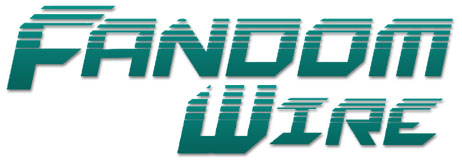 2 hours ago
12
2 hours ago
12
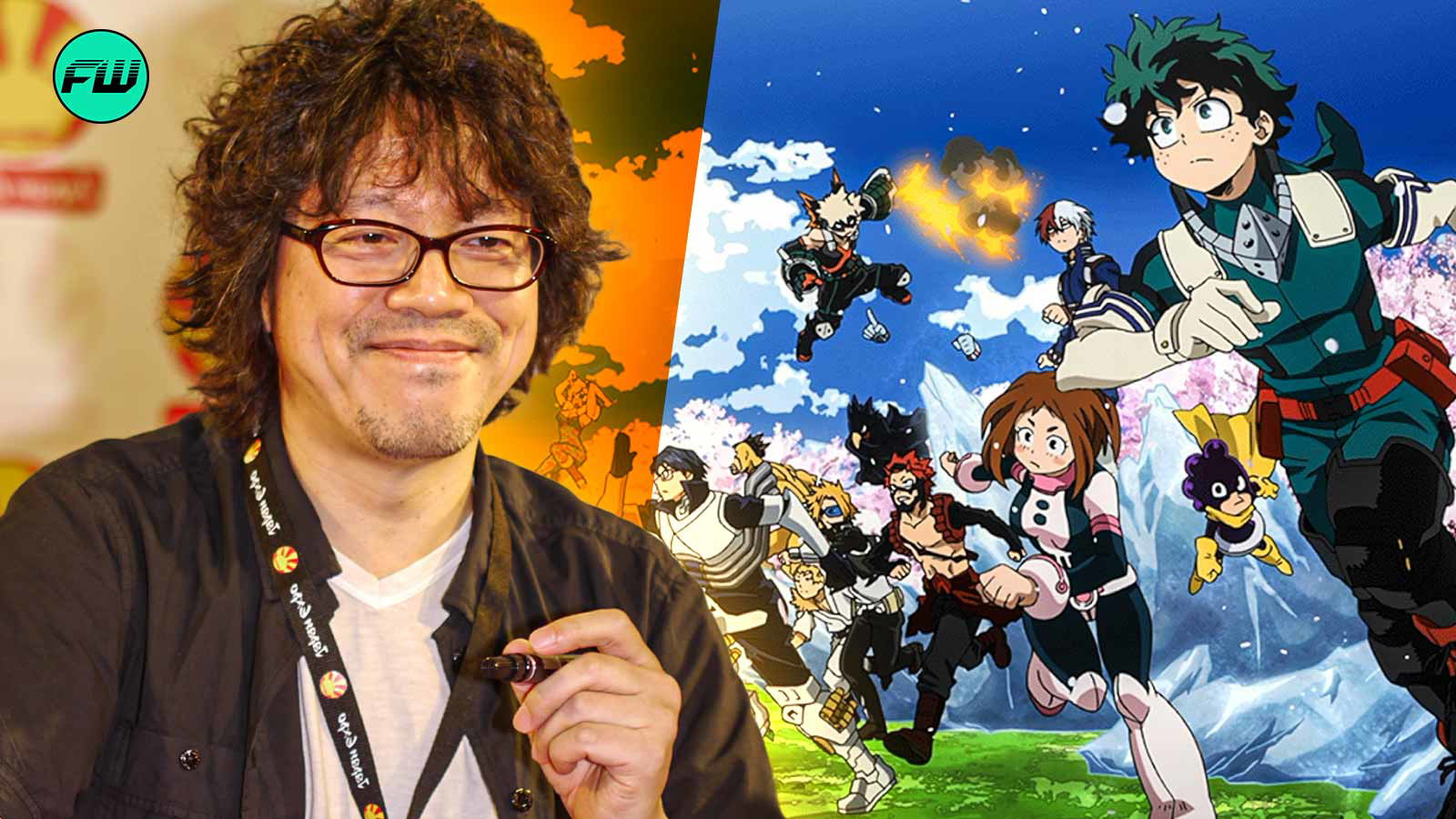

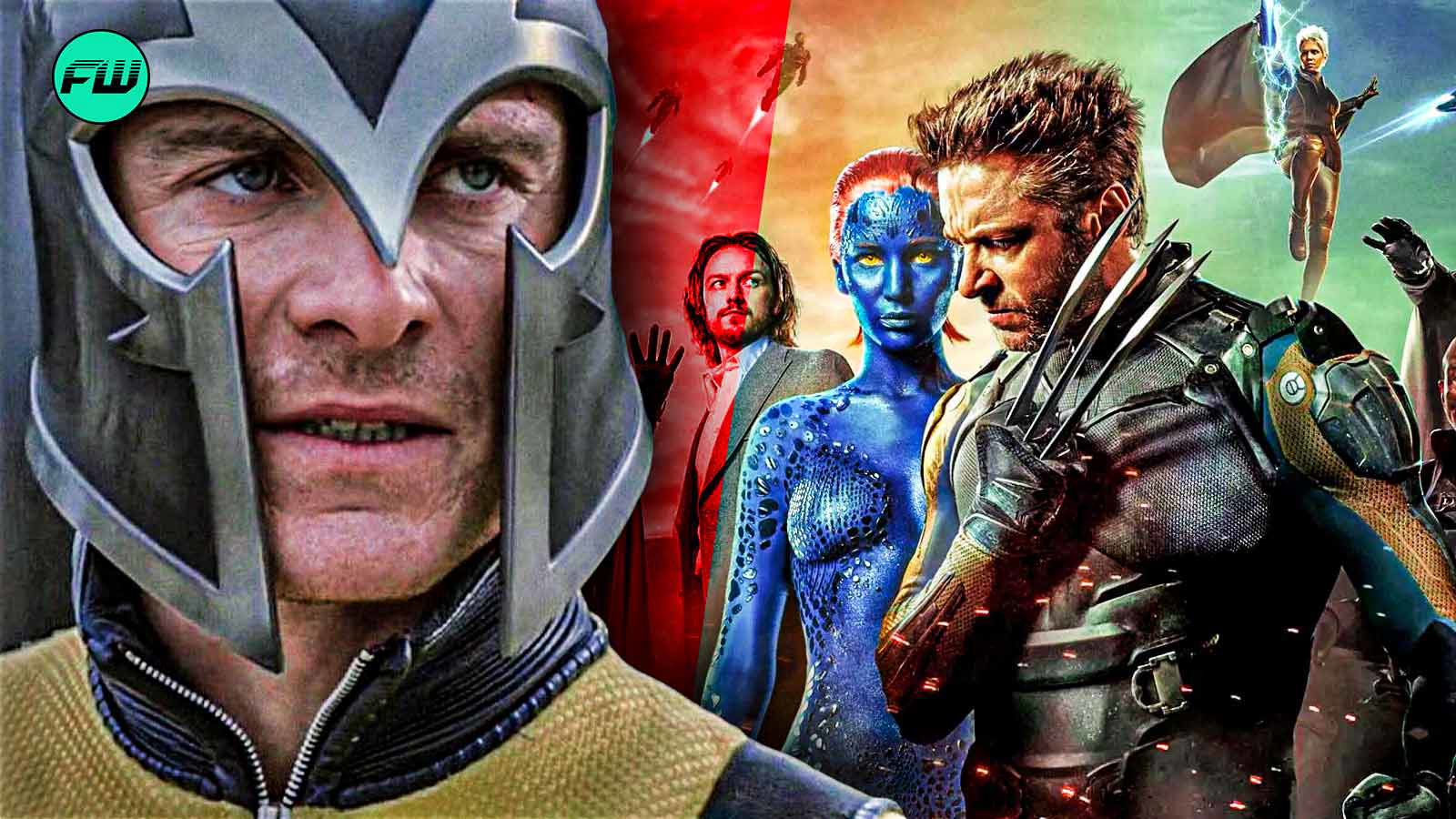
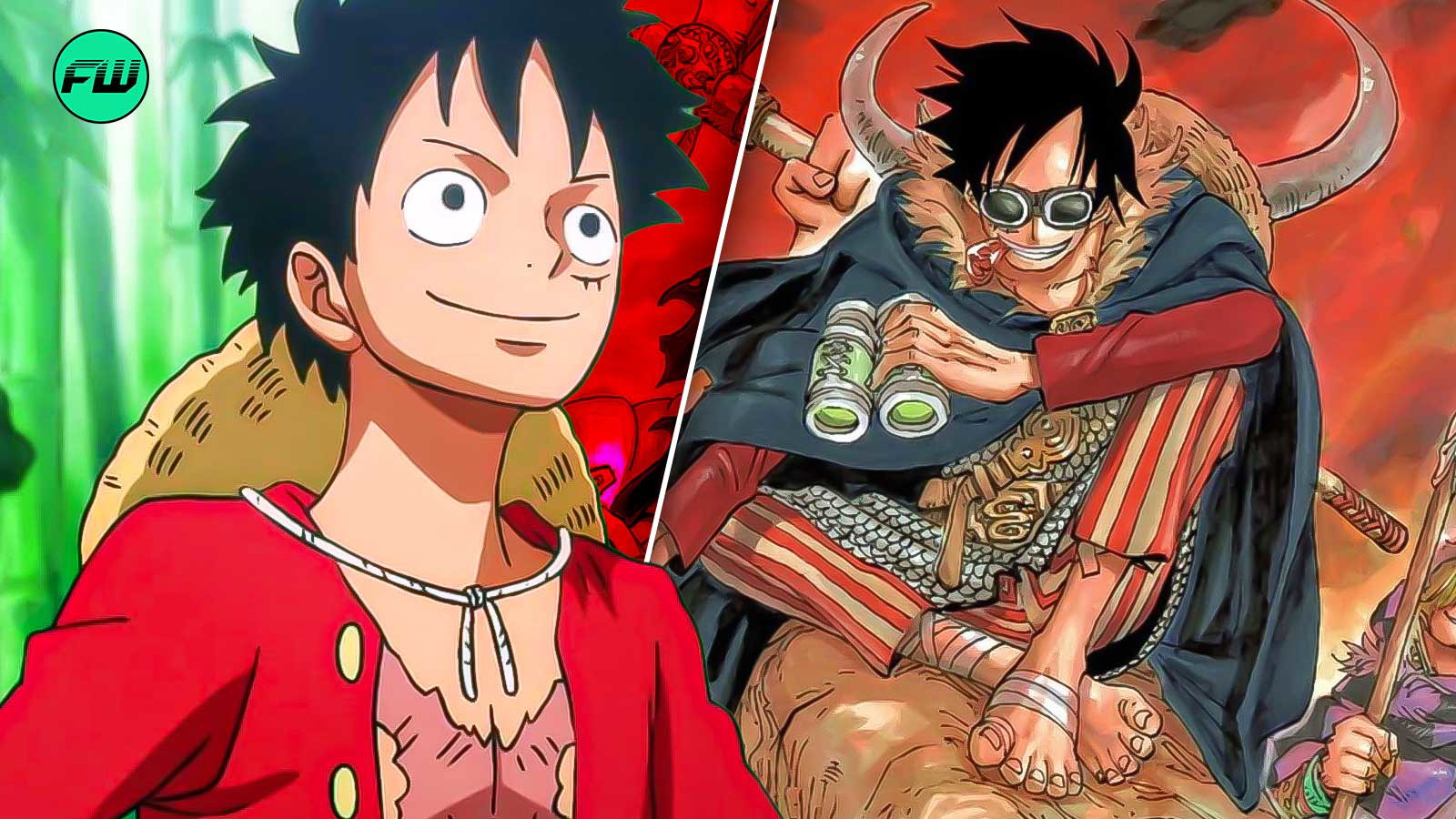

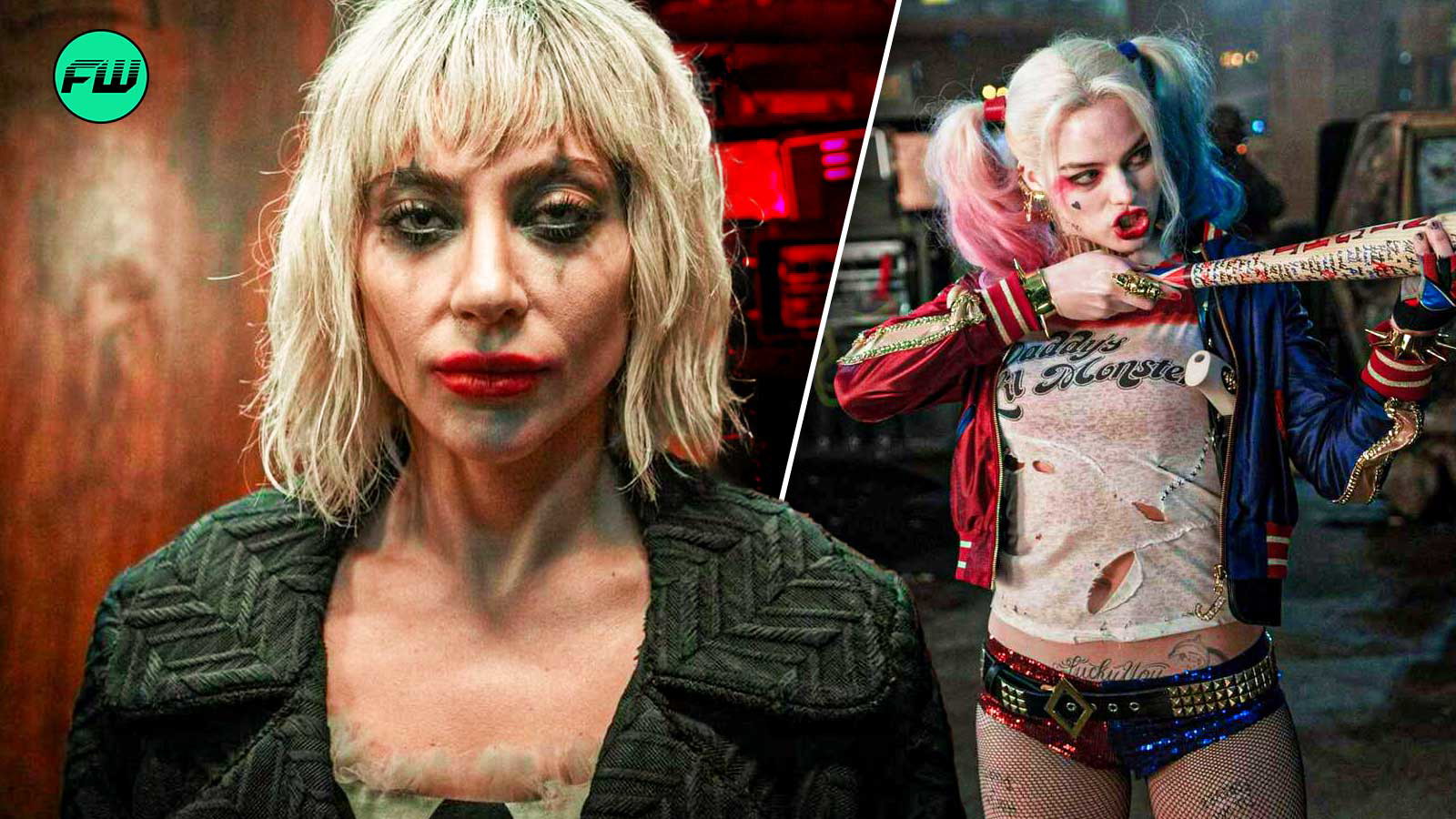


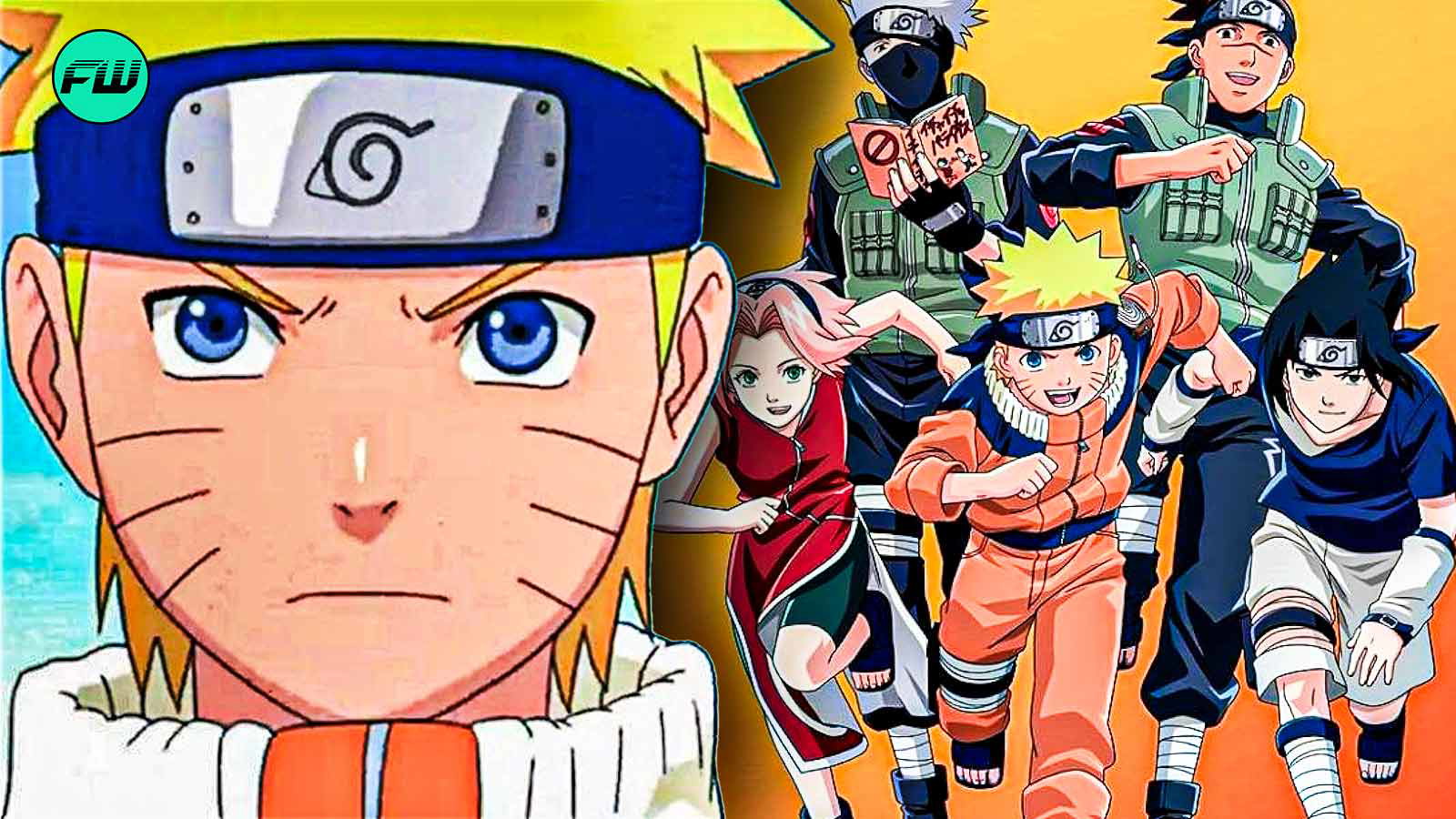
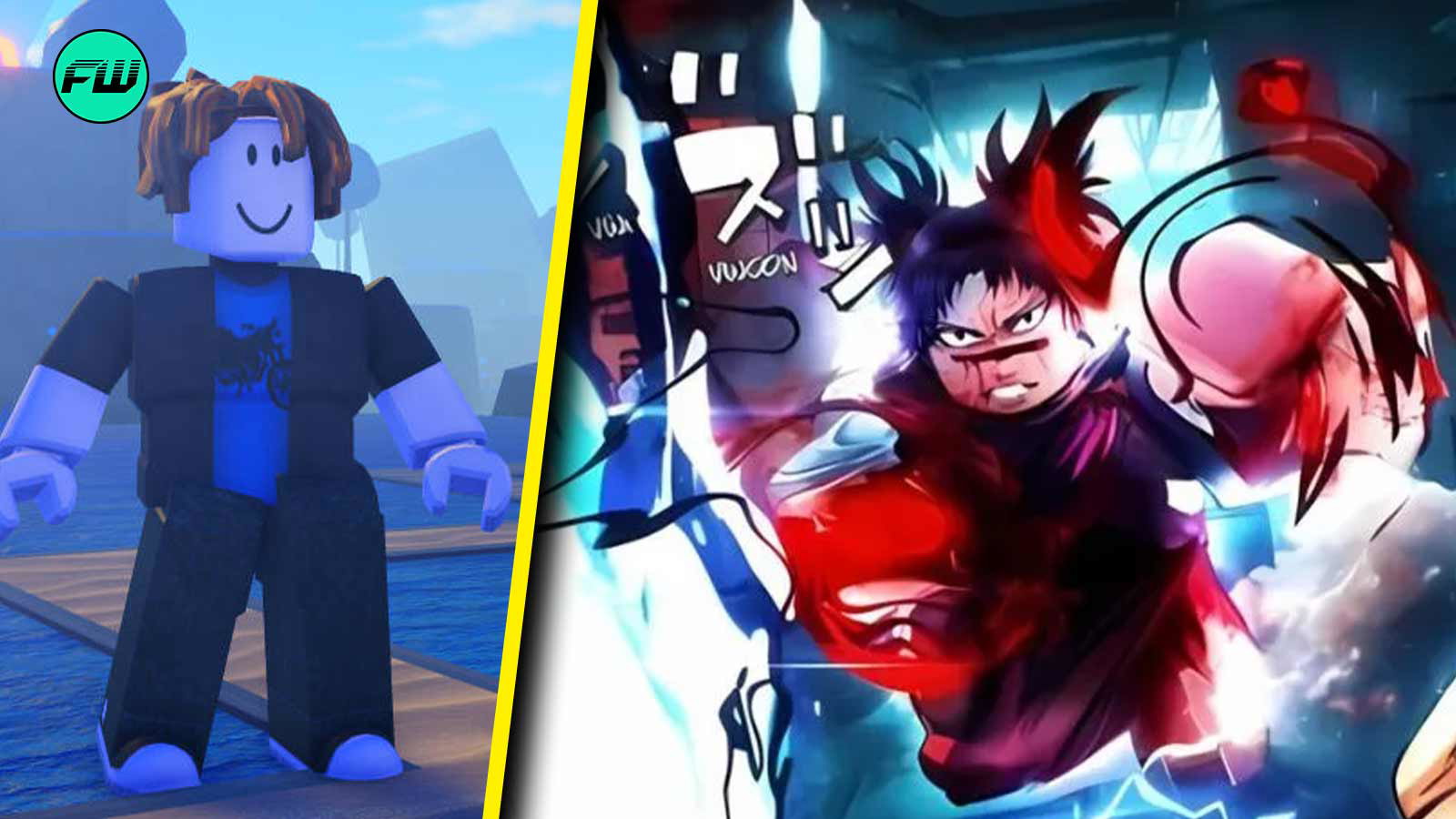





















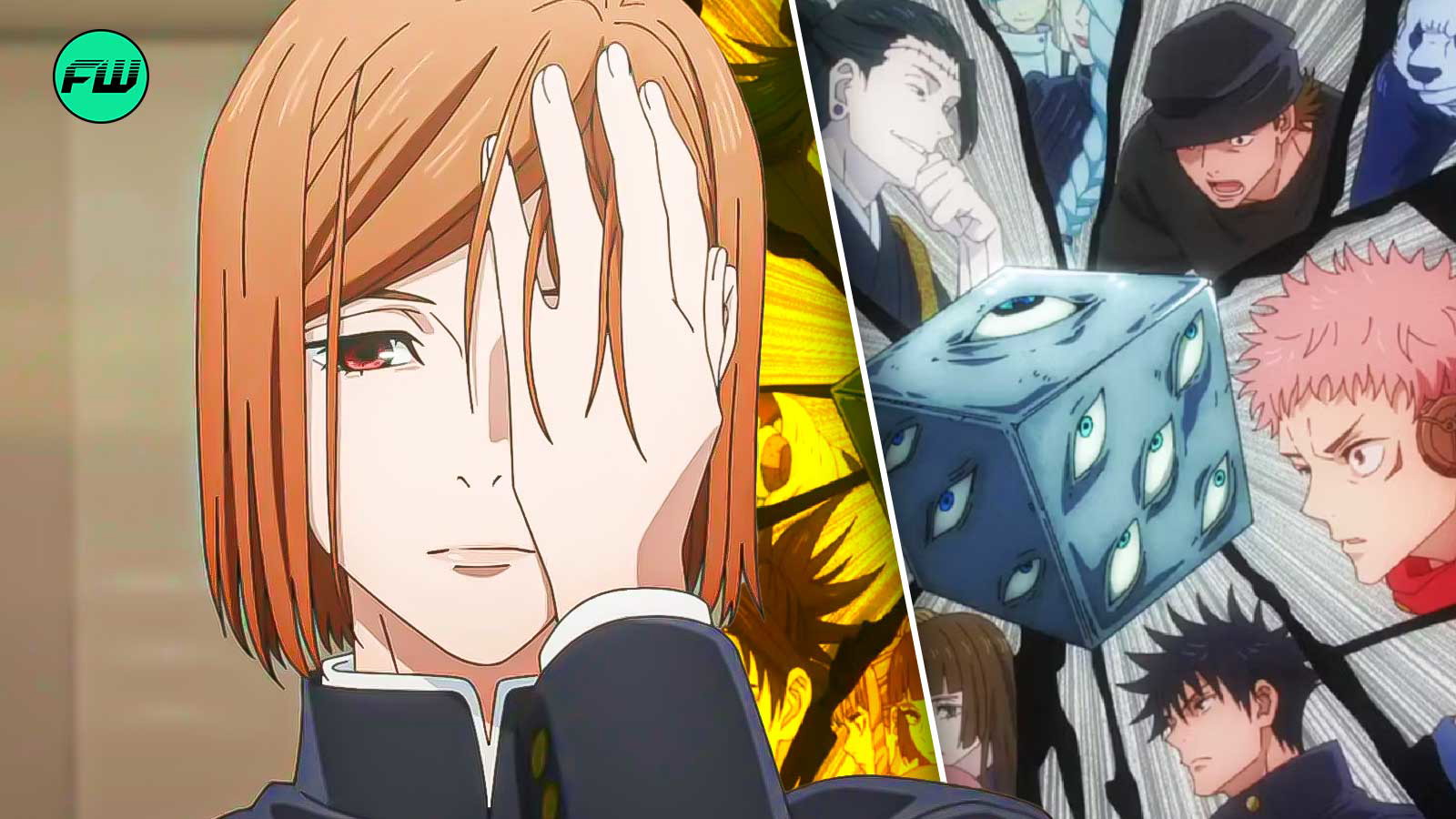
 Bengali (BD) ·
Bengali (BD) ·  English (US) ·
English (US) ·